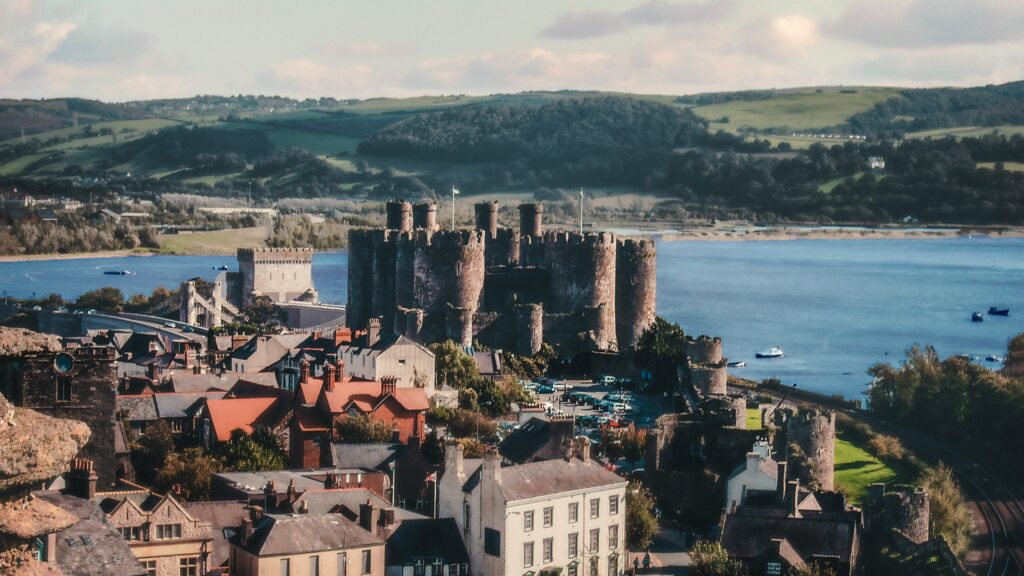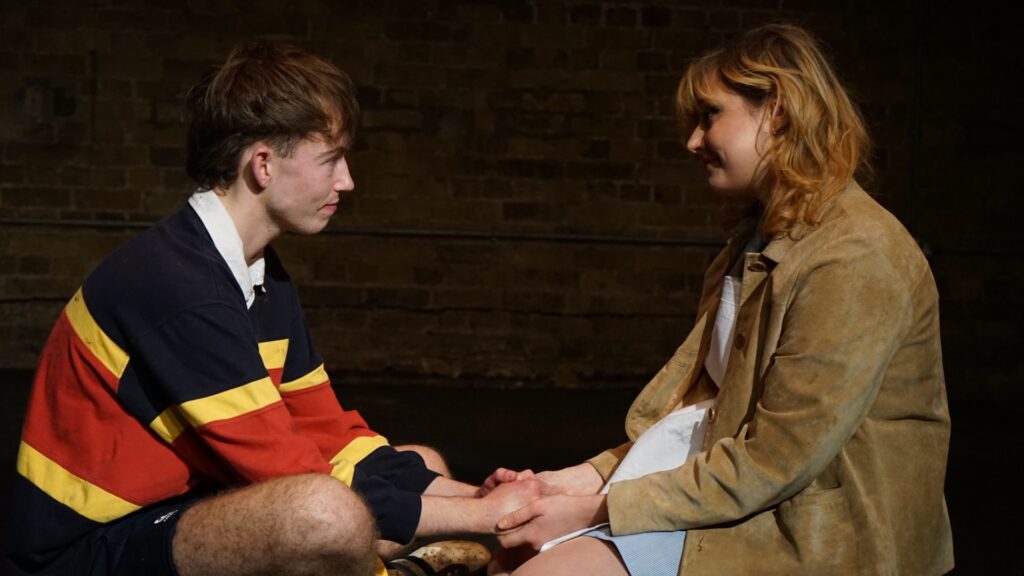David Anderson puts the National Museum of Wales’ contrasting philosophies into context
The creation of a national museum, as with so many other areas of public life in Wales, came relatively late compared with other countries in the British Isles. Although founded in the first years of the 20th Century, it was not until the 1920s that the building in Cathays Park, with its nod to the Art Deco style, finally opened to the public. It is all the more remarkable that, only two decades later in 1948, the Museum should establish in St Fagans what was then (after Skansen Museum in Stockholm) only the second open air museum in Europe.
|
Cultural Entrepreneurs In a series of articles through this week we hear from the people in charge of some of Wales leading artistic and cultural organisations. Tomorrow, Lleucu Siencyn describes the process of taking literature to the Welsh public. This article appears in the current issue of the IWA’s journal the welsh agenda |
The museum at Cathays Park and St Fagans stood at almost opposite ends of the spectrum of museum types. The National Museum at Cathays Park was the kind of institution one would expect a nation to create, when applying for membership of an already well established club. It was formal and imposing, with collections of art, natural sciences and archaeology of the highest quality, displayed in beautiful galleries.
St Fagans could not have been more different. It seemed to represent a fundamental challenge to, and a radical critique of, the Cathays Park Museum and its museological assumptions. At Cathays Park, culture is primarily material and is contained in objects, whereas at St Fagans culture is primarily intangible and performative and is sustained and transmitted generation upon generation through people.
Cathays Park, by implication, looks for its peers not within Wales but to institutions beyond. It is international as well as national, whereas St Fagans for most practical purposes has no peer; it is unique in its elements, and uniquely Welsh in its character and values. It is no wonder that it is St Fagans, more than any other museum in Wales, that has won a special place in the hearts of so many people.
I know of no other museum service, national or other, which contains two great institutions of such contrasting philosophies – each passionately felt and indispensable – forever in dialogue with one another. These differences have often been a source of creativity.
Context is everything. Many museums, it could be argued, were created as a statement of loss. The museum in Cathays Park was the product of early 20th Century European nationalism. St Fagans emerged in a period of post-War austerity, when Welsh industries were central to the economy of the United Kingdom, and the Welsh language and rural ways of life were perceived to be under threat.
It was only after the coal, steel and other traditional industries themselves declined in the latter half of the last century that the National Slate Museum in Llanberis, the National Wool Museum in Drefach, Big Pit in Blaenafon, and then the National Maritime and Industrial Museum in Swansea were created, all acts of national memory not dissimilar in their way to that of St Fagans before them.
Six years ago, after extensive public consultation, Amgueddfa Cymru – National Museum Wales developed a ten-year Vision. Central to this is the ambition to create three national institutions – a National Museum of Art, a National Museum of History, and a National Museum of Natural Sciences.
The National Museum of Art opened in July 2011 in refurbished galleries on the upper floor of the site in Cathays Park. By setting Welsh art in a wider European context, the Museum seeks through this synthesis to resolve (most people believe successfully) the long debated question of whether its priority should be the finest works of Welsh artists, or those of European masters.
The next challenge will be the transformation of St Fagans into the National Museum of History for Wales. To achieve this, we plan (subject to our bid to the Heritage Lottery Fund being successful in the summer of 2012) to bring together Amgueddfa Cymru’s archaeology displays, together with its collections of rural and industrial social history, to tell the story of the peoples of Wales, and their ways of life, from the earliest surviving Neanderthal traces in 230,000 BC up to the present day.
This would mean a radical revision of the Museum’s present displays by including, for example, the story of the Suffragettes and other social and political movements. But the exhibits should not be a reassuring narrative of past achievements. It is part of the work of public institutions in a democracy to encourage children and adults to develop the skills of critical thinking – to consider the evidence for themselves, debate conflicting and even uncomfortable interpretations, and reach their own conclusions.
The plans include two major architectural interventions. The first is a remodelling of the existing reception building, through which every visitor passes to reach the historic houses on the rest of the site. The original 1960s construction is a significant example of post-War Welsh architecture, but over the years several additions of less obvious architectural merit have been added, including the 1990s toilet block. We propose to make the building fit for the requirements of a 21st Century audience, with improved physical access, a large reception area, a new Centre for Learning and new gallery spaces.
The second architectural project would be an entirely new building in the middle of the site. This will explore the relationship between humans and their environment over time, with a particular focus on making – the ways in which people in Wales have used the natural resources around them to sustain themselves, and use their skills and creativity to improve the quality of their lives.
Another innovation will be a new programme of experimental archaeology. The Museum will use archaeological evidence to recreate a Bronze Age burial mound, rebuild houses from a recently excavated Celtic village, and reconstruct the great hall from Llys Rhosyr, the 13th Century enclosed ‘llys’ or court of Llywelyn ab Iorwerth on Anglesey. All are based on excavated evidence by various organisationa, and new research by Amgueddfa Cymru.
Following the planned completion of St Fagans in 2016, the next major project will be the transformation of the ground floor of the Cathays Park Museum to become the National Museum of Natural Sciences for Wales, a development we hope to complete by around 2020. This will use the Museum’s extraordinary scientific collections to create exhibits that engage with the environmental issues Wales faces today.
These initiatives will all, we hope, be institutions for our age – places where the public can learn about the past, consider its relevance to the contemporary world, and make informed decisions about the future.






I’m going to upset a few Jacks by suggesting that it was a shame the National Maritime and Industrial Museum moved from Cardiff to Swansea. Visitors to Cardiff Bay must surely struggle to make much sense of its history. The Pierhead building doesn’t appear to have set opening times for the limited display there. If the Tate can have ‘branches’ elsewhere why not a Cardiff section of the Maritime and Industrial Museum?
Fully agree Hendre. I have long felt that all of our national institutions should be based in the capital. The National Library, for example, should be moved from Aberystwyth to the centre of Cardiff. If we are going to be serious about implementing the ‘city-region’ idea we have to start centralising. Otherwise, no one will take us seriously.
I assume Steve Thomas is kidding. Trouble is, there are so many people around with truly outlandish opinions that you often can’t tell satire from sincere folly.
I very much agree with Steve Thomas’ comments. I think that the City Region concept is a good one, but it will need more national institutions based in Cardiff if people from outside Wales buy into the idea. We need to pump up Cardiff as our capital city. I worry that it is the poor relative to Belfast, Edinburgh, etc.
I rather thought Steve Thomas’s comments might be tongue in cheek. However my complaint still stands – the history of Cardiff docks/Bay is poorly interpreted.
Not quite sure why people would think that my comments were tongue in cheek, but there we are. As an avid reader of Click on Wales, and supporter of the ‘city region’ proposal, I’ve always argued that Cardiff must become more like mainland cities such as Brussels, Paris or Madrid. A capital city / city-region nexus would be perfect for Wales. But all of Wales must come on board if it is to have real impact on the lives of our people.
Steve Thomas, fair enough. I’m not unsympathetic to your argument re Cardiff but taking national organisations away from places… you’d need a sturdy tin hat!
Steve, turkeys aren’t going to vote for Christmas. Uprooting the National Library from Aberystwyth, where it seems to have functioned perfectly well in a purpose-built building for over a century, may benefit Cardiff but I fail to understand how it would offer a net gain for any other part of Wales (especially Aberystwyth and Mid Wales). Cardiff already has the lion’s share of Welsh national institutions. Do you want a city region, or a city state?